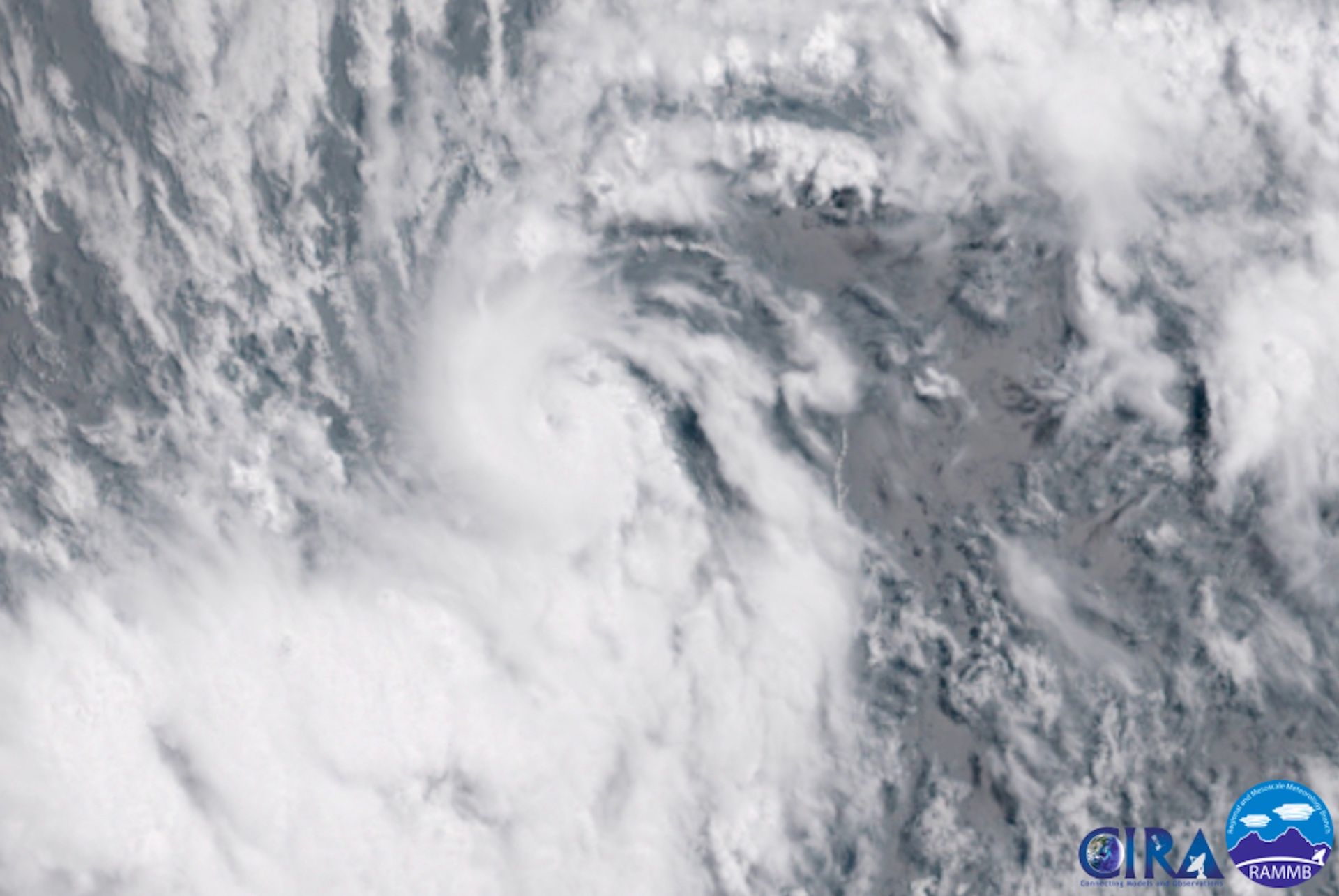Hurricane Beryl’s Impact on Jamaica: Hurricane Beryl Jamaica

Hurricane beryl jamaica – Hurricane Beryl, a Category 1 hurricane, made landfall in Jamaica on July 5, 2018. The hurricane brought heavy rainfall and strong winds to the island, causing widespread damage.
The hurricane’s path took it across the southern coast of Jamaica, from Portland Parish in the east to Westmoreland Parish in the west. As it moved inland, Beryl weakened to a tropical storm, but it continued to bring heavy rainfall to the island.
Hurricane Beryl was a powerful storm that made landfall in Jamaica as a Category 1 hurricane. The storm caused widespread damage and flooding, and left thousands of people without power. For more information on the path of the storm, visit storm beryl path.
The storm’s impact was felt across the island, and it will take time for the people of Jamaica to recover from the damage caused by Hurricane Beryl.
Infrastructure Damage, Hurricane beryl jamaica
Hurricane Beryl caused significant damage to Jamaica’s infrastructure. The hurricane’s strong winds damaged buildings, roads, and bridges. In some areas, the hurricane also caused flooding, which further damaged infrastructure.
Mi did hear bout Hurricane Beryl weh pass through Jamaica, and it did a gwaan bad. It cause nuff damage and lef people homeless. But mi glad fi hear seh it weaken when it reach Barbados. Yuh si Hurricane Beryl in Barbados neva as strong as it was in Jamaica.
So mi hope seh dem people deh recover quick and nuh get too much damage.
- The hurricane damaged over 1,000 homes and businesses.
- The hurricane damaged over 100 schools and hospitals.
- The hurricane damaged over 50 roads and bridges.
Human Toll
Hurricane Beryl also had a significant human toll. The hurricane caused at least 4 deaths and dozens of injuries. The hurricane also displaced thousands of people from their homes.
- The hurricane caused at least 4 deaths.
- The hurricane caused dozens of injuries.
- The hurricane displaced thousands of people.
Jamaica’s Response to Hurricane Beryl

Jamaica’s government implemented a comprehensive response to Hurricane Beryl, encompassing emergency preparedness measures and disaster relief efforts. These initiatives aimed to safeguard the population and minimize the hurricane’s impact.
Emergency Preparedness Measures
- Issuing timely warnings and evacuation orders to vulnerable areas
- Pre-positioning emergency supplies, including food, water, and medical equipment
- Activating emergency response teams and coordinating with local authorities
Disaster Relief Efforts
- Providing immediate assistance to affected communities, including food, shelter, and medical care
- Conducting search and rescue operations to locate and assist those trapped or injured
- Clearing debris and restoring infrastructure to facilitate recovery efforts
Role of Local Communities and Organizations
Local communities and organizations played a crucial role in providing aid and support to those affected by Hurricane Beryl. They established shelters, distributed supplies, and offered emotional support to victims. These efforts complemented the government’s response and ensured that affected individuals received timely and comprehensive assistance.
Challenges and Successes
- Challenges: Limited resources, communication difficulties in remote areas, and the need for ongoing support after the hurricane
- Successes: Effective coordination between government agencies, local communities, and aid organizations; timely evacuation and early warning systems; and the resilience and determination of the Jamaican people
Lessons Learned from Hurricane Beryl

Hurricane Beryl brought significant devastation to Jamaica, highlighting the need for improved disaster preparedness and response mechanisms. The lessons learned from this event can guide Jamaica and other Caribbean nations in enhancing their resilience to future hurricanes.
One crucial lesson is the importance of investing in robust infrastructure. Strengthening buildings, bridges, and roads can significantly reduce damage and loss of life during hurricanes. Implementing building codes that incorporate hurricane-resistant design principles is essential.
Early Warning Systems
Early warning systems play a vital role in providing timely alerts and enabling communities to evacuate before a hurricane strikes. Upgrading and expanding these systems to cover a wider area and improve accuracy is crucial. Establishing multiple communication channels to disseminate warnings effectively is also essential.
Community Resilience
Building community resilience is paramount. Engaging local communities in disaster preparedness efforts, such as conducting drills and training, can enhance their knowledge and preparedness. Empowering communities to take ownership of their safety and develop local disaster response plans can lead to more effective and coordinated responses.